News
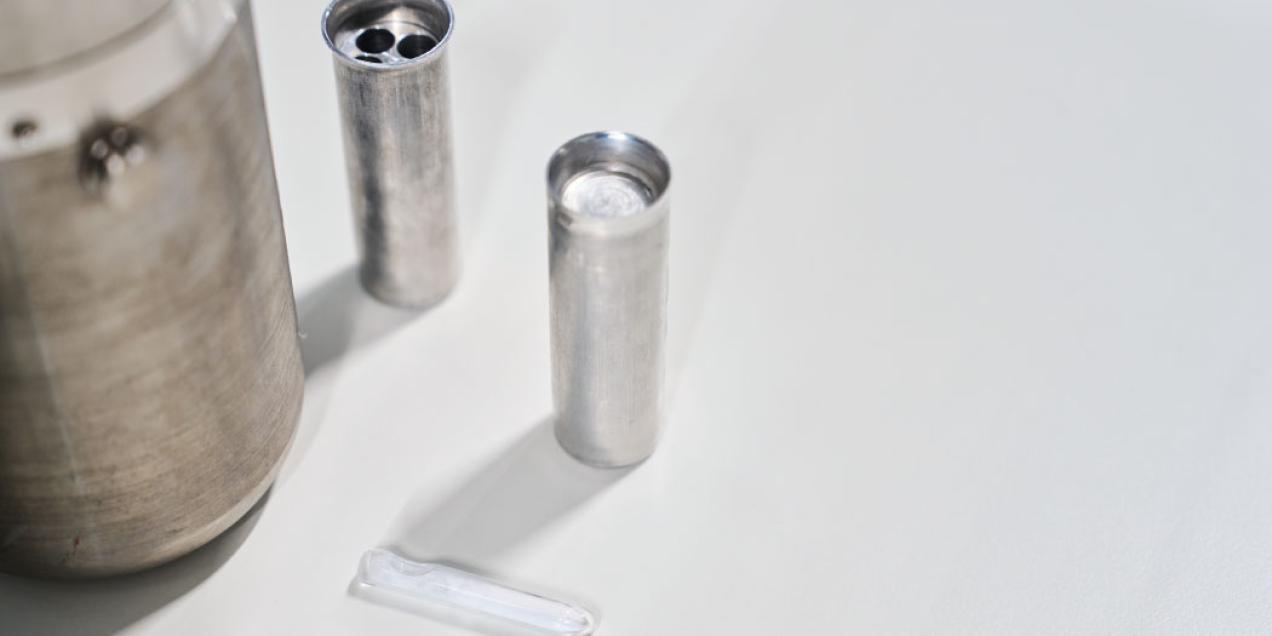 10 July '24
10 July '24Second podcast episode of R.E.A.C.T. is now online!
SCK CEN launches a podcast about Radioligand Therapy
Discover a new dimension of cancer treatment with the SCK CEN podcast: 'R.E.A.C.T. - Radionuclide Enables Alternative Cancer Treatment'. This podcast explores the power of atoms and their potential to redefine cancer treatment once and for all. Listen and delve into groundbreaking research with promising perspectives. The second episode is now online!
 27 June '24
27 June '24Construction of world first MYRRHA underway
Kick-off for the construction of MINERVA
On 25 June 2024, after the first concepts in 1998 and the government's decision in 2018 to build MYRRHA in phases, the moment has finally arrived. Minister of Energy Tinne Van der Straeten gave the starting signal for the groundbreaking ceremony at the MINERVA construction site, the first phase of MYRRHA. This opens the door for pioneering applications by MYRRHA IVZW/AISBL and the Belgian Nuclear Research Centre (SCK CEN), led by reactor physicist Hamid Aït Abderrahim. Think of improved cancer treatments, fundamental physics research, fusion materials research, accelerator technology and the optimal processing of radioactive nuclear waste.
Energy Minister Tinne Van der Straeten oversaw the kick-off ceremony at the MINERVA construction site in Mol and Fashion designer Flora Miranda presented her textile artwork “Spectralization,” inspired by MYRRHA.
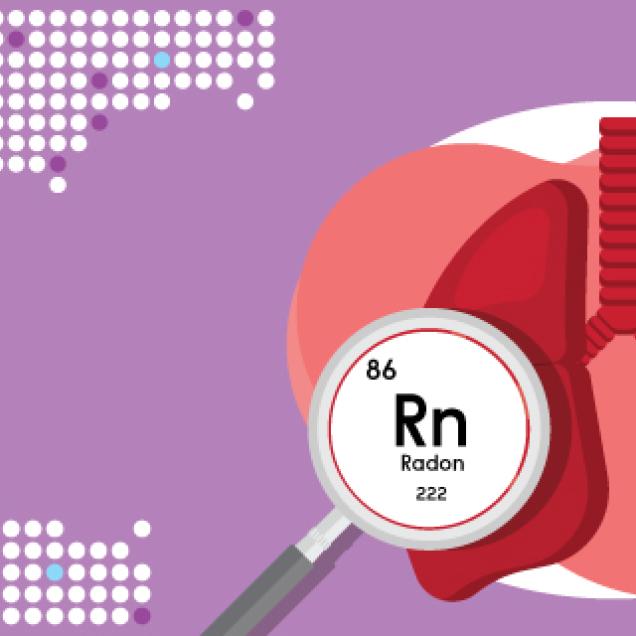 25 June '24
25 June '24RadoNorm featured on the prestigious list of Europe's best citizen science
RadoNorm citizen science – a large-scale project to measure and reduce radon levels in your home - featured on the ‘European Union Prize for Citizen Science - Honorary Mentions’ list. The new European prize annually honours innovative and creative projects that demonstrate significant scientific merit and societal impact.
 19 June '24
19 June '24 11 June '24
11 June '24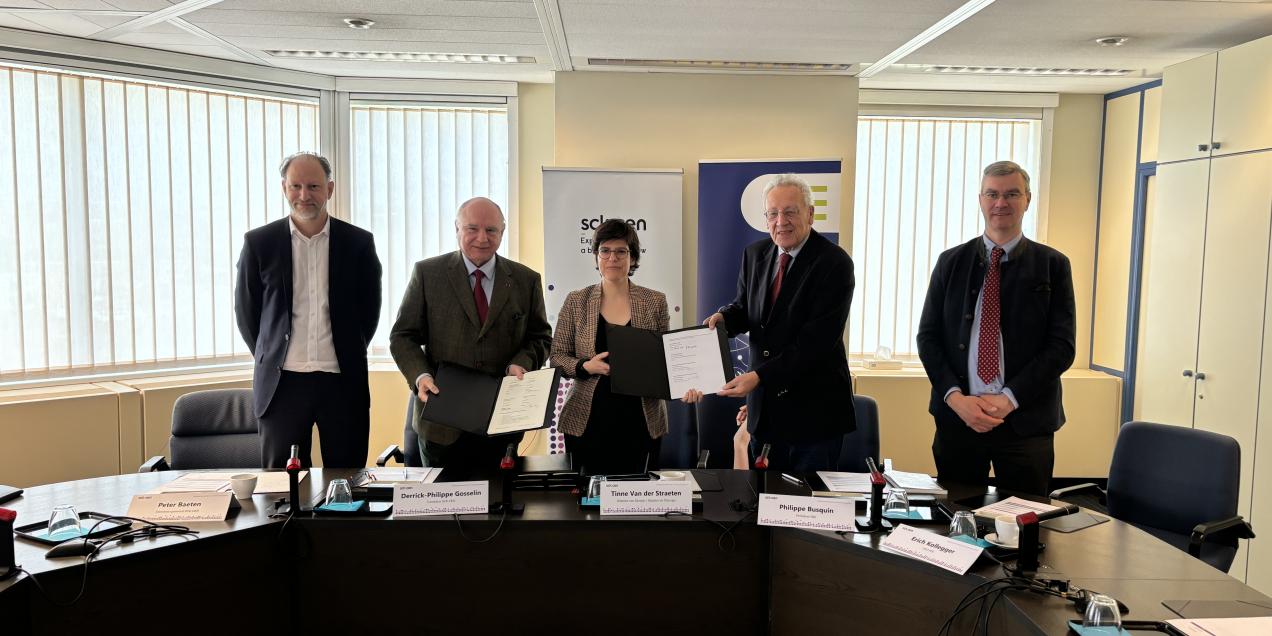 18 April '24
18 April '24 22 March '24
22 March '24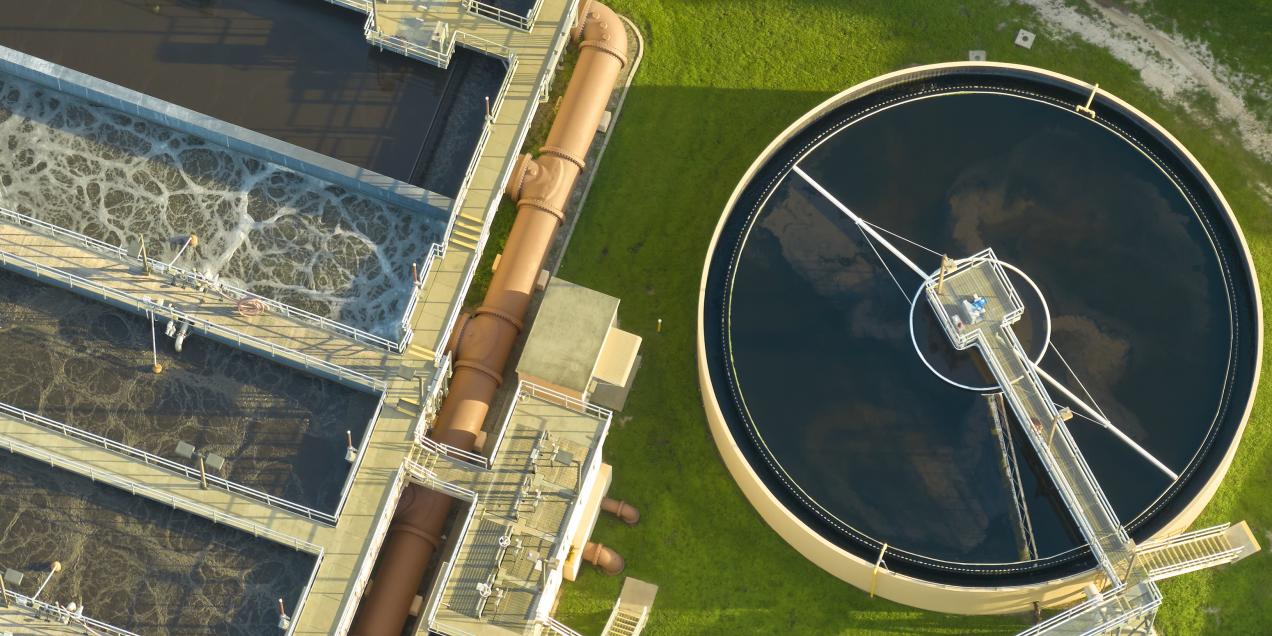 29 February '24
29 February '24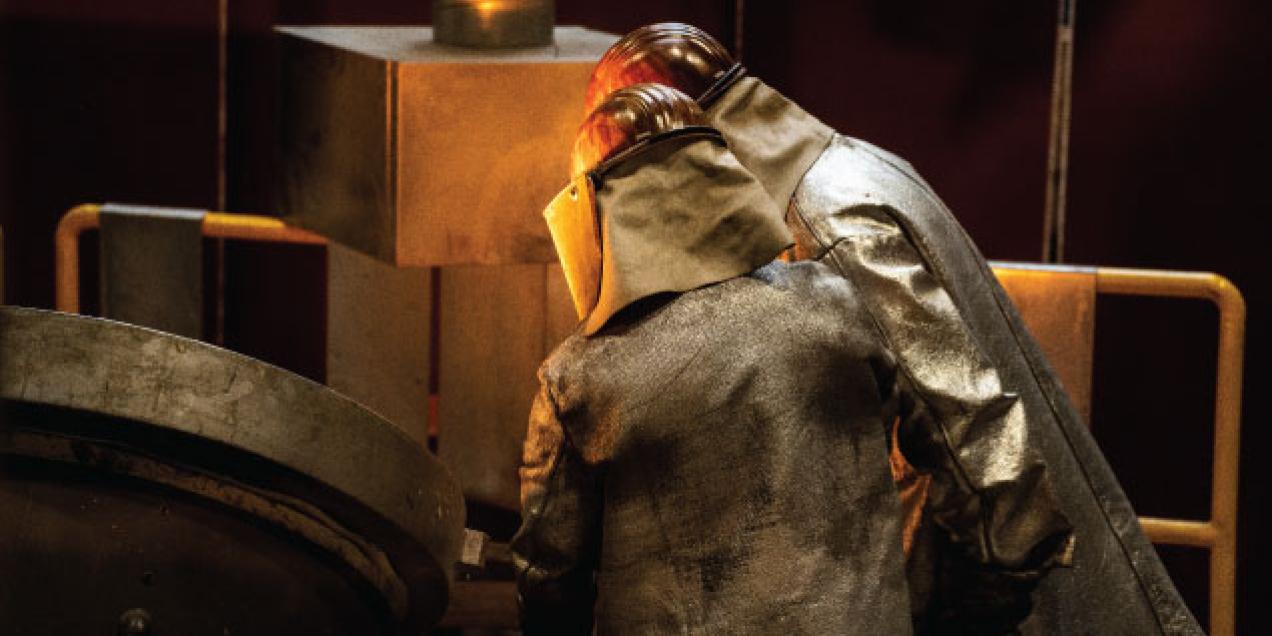 13 February '24
13 February '24